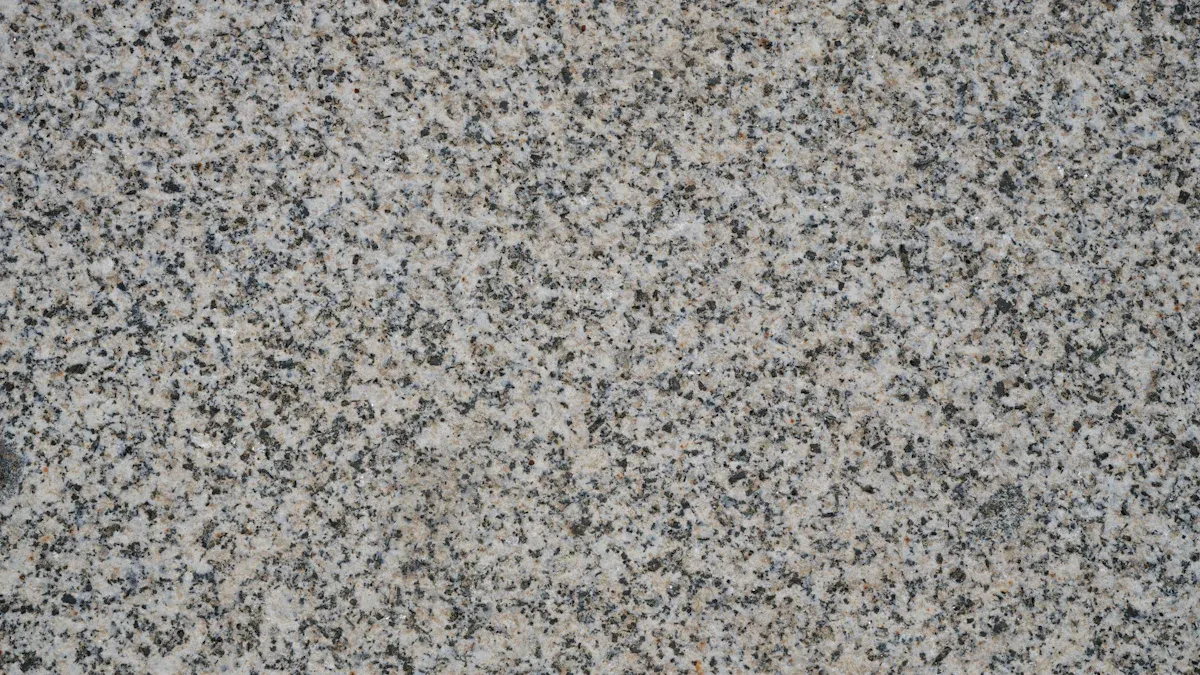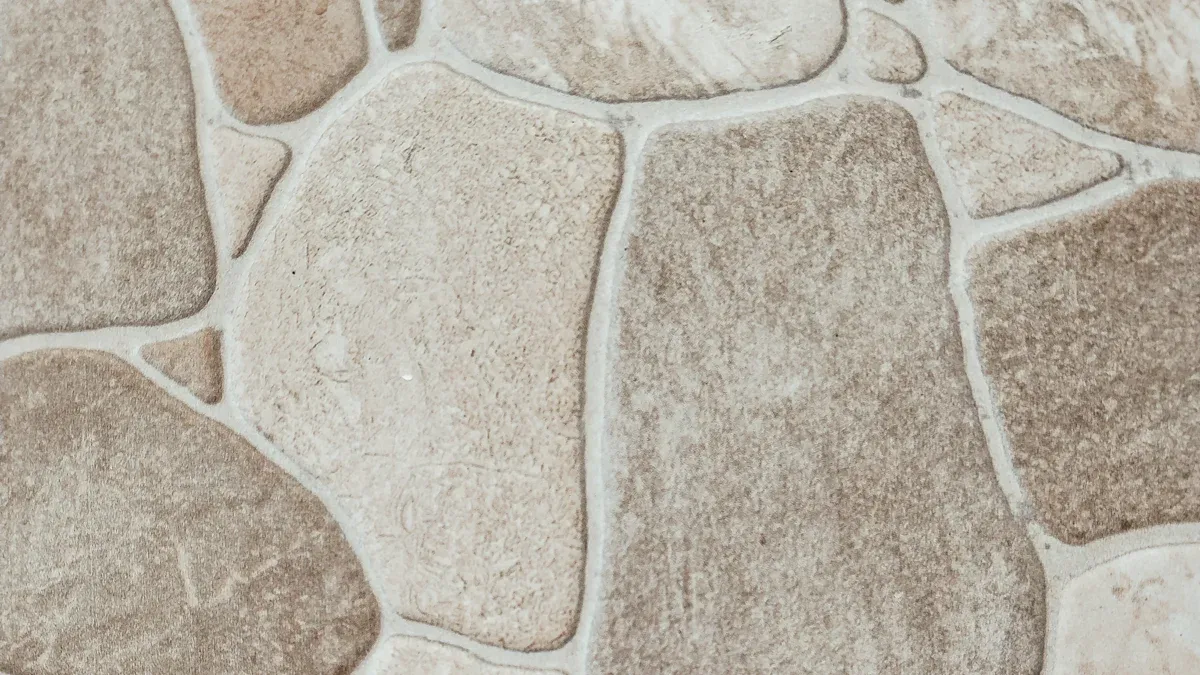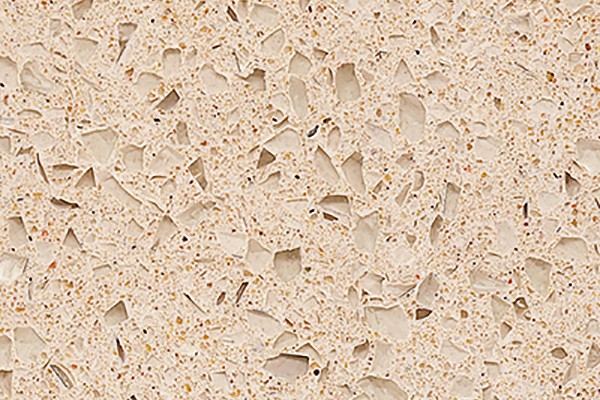
When picking artificial or natural stone, knowing differences is key. Artificial stone is made by people and looks the same everywhere. Natural stone comes from the earth and has unique patterns. These differences affect how strong they are, care needed, and price. Artificial stone is easier to clean, but natural stone looks more real. Understanding these helps you choose what fits your project best. A smart choice leads to a great and lasting result.
Key Takeaways
- Artificial stone costs less and is easier to care for. It’s a smart pick for projects with tight budgets.
- Natural stone looks unique and lasts a long time. It can increase the value of your property over time.
- Think about the environment; artificial stone may use recycled stuff. Natural stone needs a lot of energy to mine.
- Look at what your project needs, like strength and design, to pick the best stone.
- Take care of natural stone by sealing it and cleaning gently. This keeps it looking good and lasting longer.
Understanding Artificial and Natural Stone
What is Artificial Stone?
Artificial stone is also called engineered or composite stone. It is made by people to look like natural stone. Manufacturers mix crushed stone, resins, and colors to create it. This mix often has up to 90% silica, making it strong and long-lasting. But cutting or shaping artificial stone can release silica dust, which is harmful and may cause silicosis.
To keep it safe and high-quality, there are rules for making and using artificial stone. Standards like ASTM C1670/C1670M and ASTM C1780 guide its production and installation. These rules ensure it is made and used properly. Artificial stone is liked for its even look, lower cost, and easy care. It’s a smart choice for many projects.
What is Natural Stone?
Natural stone comes straight from the earth. It forms over millions of years through natural events like volcanoes or pressure underground. Common types include granite, marble, limestone, and slate. Each piece is one of a kind, with unique colors and patterns that make spaces special.
Experts group natural stones by features like hardness, how much water they absorb, and how they react to acids. For instance, granite is very tough, while marble is known for its beauty. These traits help you pick the right stone for your needs. Natural stone is loved for its classic look and ability to stay beautiful for years.
Comparing Artificial and Natural Stone
When choosing between artificial and natural stone, think about cost, care, and the environment. Natural stone costs more upfront because it’s harder to get and move. Artificial stone is cheaper since it’s made in factories.
Caring for them is different too. Natural stone needs sealing and special cleaning to stay nice. Artificial stone is easier to take care of. For the environment, natural stone takes a lot of energy to mine. Artificial stone can use recycled materials, which is better for the planet.
| Feature | Natural Stone | Artificial Stone |
|---|---|---|
| Cost | Higher due to mining and transport | Lower because it’s factory-made |
| Long-Term Value | Keeps its beauty and worth for many years | Might need replacing or fixing later |
| Strength | Very tough against wear, water, and heat | Can scratch or fade more easily |
| Care Needed | Needs sealing and special cleaning | Easy to clean and maintain |
| Environmental Effect | Mining uses a lot of energy | Can include recycled parts, lowering its impact |
Knowing these differences helps you pick the best option for your budget, care needs, and environmental goals.
Pros and Cons of Natural Stone
Advantages of Natural Stone
Natural stone has many benefits, making it a popular choice. It is very strong and can handle heat, rain, wind, and UV rays. Buildings made with natural stone can last for hundreds of years. This means fewer replacements and lower long-term costs.
Another great thing about natural stone is its easy care. Regular cleaning is enough to keep it looking nice. It doesn’t need frequent repairs, saving both time and money.
Natural stone also helps save energy. It works as an insulator, keeping homes warm in winter and cool in summer. This makes it a good eco-friendly option. It is also fireproof and doesn’t attract pests, adding safety and durability.
Sustainability is another big plus. Natural stone can be recycled and supports green building practices. Using it helps lower your carbon footprint and promotes eco-friendly construction.
Lastly, natural stone adds value to properties. Its classic beauty and strength make homes more attractive to buyers. Whether you’re building or renovating, it can increase the resale value of your property.
| Benefit | Description |
|---|---|
| Exceptional Durability | Handles heat, rain, wind, and UV rays better than most materials. |
| Low Maintenance Needs | Needs only simple cleaning to stay in good condition. |
| Energy Efficiency | Acts as an insulator, lowering heating and cooling costs. |
| Fire and Pest Resistance | Fireproof and doesn’t attract pests, making it safer. |
| Sustainability | Recyclable and supports eco-friendly building practices. |
| Increased Property Value | Boosts resale value with its beauty and strength. |
Disadvantages of Natural Stone
Even with its benefits, natural stone has some downsides. One issue is delamination, where stone layers peel apart due to flaws or water. This can make the stone weaker and less attractive.
Freeze-thaw cycles are another problem. Water inside the stone can freeze and expand, causing cracks or surface damage. Repairs for this can be expensive over time.
Cracking and spalling are also concerns. Metal parts inside the stone can rust, causing cracks and stains. Poor mortar use can make spalling worse, breaking stone layers apart.
Other issues include sub-florescence and efflorescence. Salts inside the stone can build up, creating pressure that damages it. Efflorescence shows up as white marks on the surface, hinting at deeper problems.
Lastly, natural stone quality can vary. Some stones have flaws that make them harder to install or maintain. While these imperfections add character, they can also cause challenges.
- Delamination: Stone layers peel apart due to flaws or water.
- Freeze/Thaw Issues: Water freezes inside the stone, causing cracks or damage.
- Cracking and Spalling: Rusting metal parts lead to cracks and broken layers.
- Sub-Florescence: Salts inside the stone create pressure and damage it.
- Efflorescence: White surface marks show deeper salt-related problems.
- Quality Variations: Flaws in stone can make installation and care harder.
Natural stone is beautiful and strong but has challenges. Knowing these can help you decide if it’s right for your project.
Pros and Cons of Artificial Stone

Advantages of Artificial Stone
Artificial stone has many good points for different projects. First, it is cheaper than natural stone. Since factories make it, production and transport cost less. This makes it a great choice if you have a small budget.
Another advantage is its even look. Natural stone has unique patterns, but artificial stone looks the same everywhere. This is perfect for modern designs or large areas needing a smooth finish.
Artificial stone can also be made in many styles. Factories can create it in different colors, textures, and finishes. Whether you want shiny or rough surfaces, artificial stone can match your needs.
It is also strong and lasts a long time. Studies show stones made with waste materials and resin are tough. They work well in busy places like kitchens and bathrooms. Special resins make them absorb less water, which helps them last longer.
Artificial stone is better for the planet in some ways. Many factories use recycled materials like leftover quartzite. This means less mining and a smaller environmental impact.
| Property | Value |
|---|---|
| Density | 2.26 ± 0.02 g/cm³ |
| Water Absorption | 0.24 ± 0.01% |
| Apparent Porosity | 0.55 ± 0.03% |
| Abrasion Resistance | 1.38 mm |
| Flexural Strength | 30.13 ± 1.74 MPa |
These numbers show how strong and reliable artificial stone is. It works well for homes and businesses.
Disadvantages of Artificial Stone
Artificial stone has some problems you should think about. One issue is that it doesn’t last as long as natural stone. Over time, it may need replacing, which costs more money.
It can also scratch or fade easily. Heavy use or sunlight can damage its surface or change its color. This means you might need to fix or clean it more often.
Making artificial stone can harm the environment. Even though recycled materials are used, factories still need energy and synthetic resins. This can reduce its eco-friendly benefits.
Another problem is health risks. Cutting artificial stone creates silica dust, which can cause lung disease. Workers need safety gear and must follow rules to stay safe.
Lastly, artificial stone doesn’t look as real as natural stone. It tries to copy natural patterns but may not feel authentic. If you love the unique look of natural stone, artificial options might not satisfy you.
Natural stone lasts longer and can be refinished or reused. This lowers costs over time, even though it costs more upfront. Artificial stone may need replacing more often, which adds to its total expense.
By thinking about these pros and cons, you can decide if artificial stone is right for your project.
Best Use Cases
Where Natural Stone Works Best
Natural stone is strong and looks great in many places. It’s often used in big buildings for walls, art pieces, and public areas. These uses show how it can handle wear while staying beautiful.
At home, natural stone is perfect for outdoor spaces, house exteriors, and special indoor spots. It makes patios, garden paths, and accent walls look cozy and stylish. Inside, it’s great for kitchens, bathrooms, and fireplaces. Its unique look adds both beauty and usefulness.
If you want something that lasts a long time and boosts your property’s value, natural stone is a great pick. It works well with both modern and classic styles.
Where Artificial Stone Works Best
Artificial stone is great for projects needing even looks and lower costs. It’s strong and works well in busy places like train stations, libraries, and public bathrooms. It’s built to handle heavy use without wearing out quickly.
This stone is also good for areas with tough weather. It’s made to resist water and scratches, so it lasts longer. Its ability to copy natural stone patterns makes it ideal for modern designs needing a smooth, uniform appearance.
Artificial stone is a smart choice for tight budgets or specific design needs. It’s flexible and better for the environment, making it popular in today’s building projects.
Things to Think About When Choosing
When picking between natural and artificial stone, think about your project’s needs. Look at how strong and durable each material is. For example, wall stones need to be strong, and floor stones should resist wear.
Durability is important too. Natural stone lasts longer and can be reused, while artificial stone might need replacing sooner. Also, think about the specific job. Some decorative stones are better for certain uses than others.
Cost and style matter as well. Natural stone costs more but has a unique, timeless look. Artificial stone is cheaper and gives a consistent design. By considering these points, you can pick the best material for your project.
Picking between artificial and natural stone depends on your project. Think about your budget, needs, and style. Artificial stone is cheaper and eco-friendly but may not last as long. Natural stone is very strong and beautiful but costs more and needs care.
| Feature | Artificial Stone Silicosis Risk | Natural Stone Silicosis Risk |
|---|---|---|
| Silica Content | 70-90% | ~3% in marble, ~30% in granite |
| Median Exposure Duration | 6.1 years | N/A |
| Mortality Rate (during follow-up) | 27.8% (5 patients) | N/A |
Here are some tips to help you decide:
- Pick stones with high R-value for energy savings.
- For business spaces, mix looks with function, like in the Skyline Tower in Phoenix, Arizona.
By thinking about these points, you can choose the best stone for your project.
FAQ
What makes artificial stone different from natural stone?
Artificial stone is made by mixing crushed stone, resins, and colors. Natural stone is taken straight from the earth. Artificial stone looks the same everywhere, while natural stone has unique patterns and textures.
Which stone works best outside?
Natural stone is better for outdoor spaces because it is strong. It can handle heat, rain, and sunlight. This makes it great for patios, garden paths, and walls.
Is artificial stone good for the environment?
Artificial stone can be eco-friendly if it uses recycled materials. But making it needs energy and synthetic resins, which might lower its green benefits compared to natural stone.
How should I care for natural stone?
Clean natural stone often with mild soap and water. Seal it sometimes to protect it from stains and water damage. This keeps it looking nice for a long time.
Can artificial stone look like natural stone?
Yes, artificial stone can copy the look of natural stone. It comes in many colors and textures to match natural patterns. However, it might not feel as real as natural stone.

